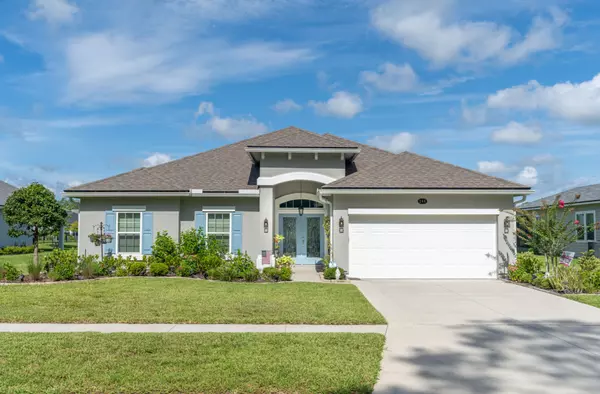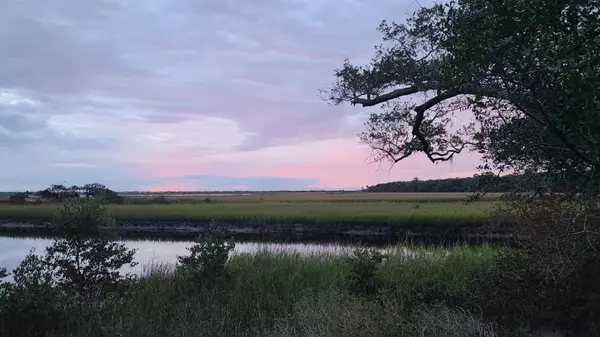How Close is St. Augustine to Major Cities and Airports?
St. Augustine, FL, offers a relaxed coastal lifestyle while keeping major cities and travel hubs within easy reach. Here's a look at the closest metropolitan areas and airports to the nation's oldest city.

St. Augustine Amphitheatre Gets Nominated for the ACM Outdoor Venue of the Year Award
The St. Augustine Amphitheatre has been nominated for the prestigious "Outdoor Venue of the Year" award at the 59th Academy of Country Music (ACM) Awards. This nomination highlights the amphitheater's standing as a key player in the local and national entertainment scene, emphasizing its role in en

Old Coast Pickleball: St. Augustine’s New Sporting Venue
Pickleball, a sport that melds the best aspects of tennis, badminton, and ping-pong, has been sweeping across the United States, captivating a diverse range of players with its engaging, easy-to-learn gameplay. The spring season marks an exciting development for sports enthusiasts in St. Augustine,

Real Estate Strategy: When to Consider Selling
Selling a rental property is a decision that should be guided by detailed analysis of current market data. Here's a look at each factor with statistics to help inform your decision to sell: Strong Seller's Market: In areas like St. Augustine, Florida, the average days on market is around 85 days wi
Categories
Recent Posts











